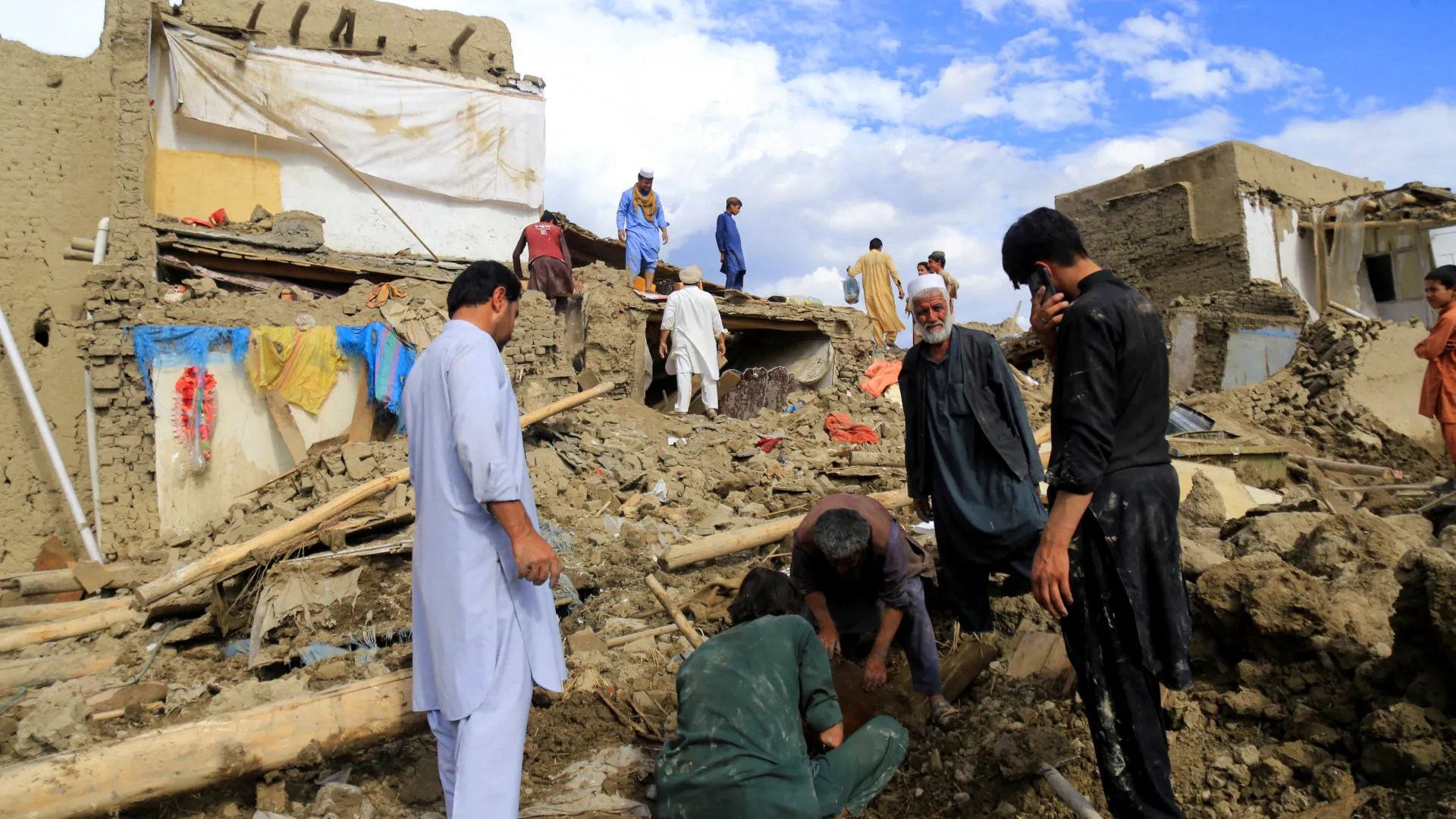(3 minutes read)
A powerful storm swept over Libya on Sunday afternoon (Sep. 10), mostly affecting coastal towns such as Benghazi where a curfew was enforced, and schools closed
A powerful storm swept over Libya on Sunday afternoon (Sep. 10), mostly affecting coastal towns such as Benghazi where a curfew was enforced, and schools closed. The city of Derna which was the worst hit was declared a disaster zone. It has become inaccessible and local media reported that the situation there was catastrophic with no electricity or communications.
Read Also:
https://trendsnafrica.com/undp-discusses-strategy-for-developing-renewables-in-libya/
The provisional death toll was announced on Monday afternoon by the health minister of the east Libya government as he spoke to Saudi-owned satellite news channel Al-Arabiya. The Libyan Red Crescent said it lost contact with one of its workers as he attempted to help a family stuck in Bayda. Dozens of others were reported missing and authorities fear they could have died in the floods that destroyed homes and other properties in several towns in eastern Libya, according to local media.
Read Also:
https://trendsnafrica.com/libya-holds-business-talks-with-turkey-to-cooperate-in-energy-sector/
Libya’s east is home to most of the country’s oil fields and terminals. The state-owned National Oil Corporation has declared a state of maximum alert and advised its affiliated oil companies to stop flights between fields where activity was drastically reduced. The prime minister d’Abdelhamid Dbeibah, in the country’s west, announced Monday (Sep. 11) a three-day mourning and ordered flags across the country to be lowered to half-mast. Storm Danial is expected to arrive in parts of west Egypt on Monday, and the country’s meteorological authorities warned about possible rain and bad weather.
Libya, a country with over 6 million people, suffers from debilitating infrastructure after more than a decade of conflict.





